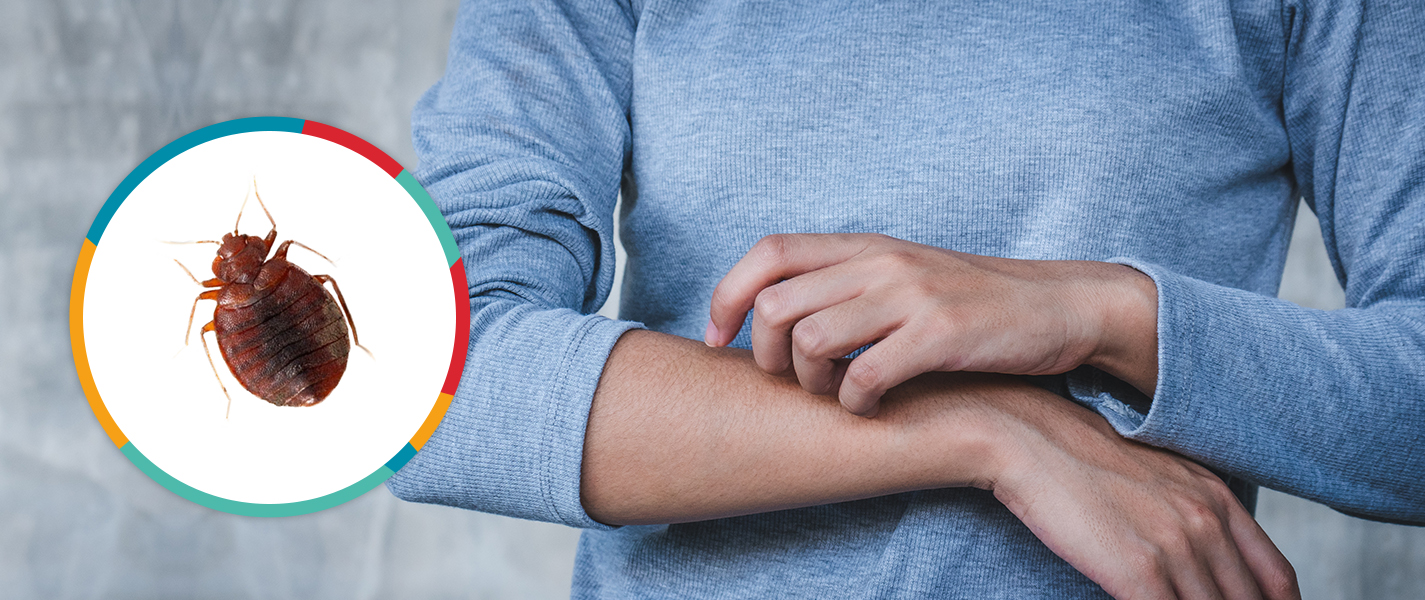A study that started as an investigation into the peculiar way in which bed bugs reproduce has revealed that they have existed far earlier than humans. It’s found out that bed bugs have been around for at least 115 million years, predating their earliest known predators, bats, by more than 50 million years.
In a previous article, we talked about how to prevent and control bed bugs at home and today, we are discussing how to identify bed bug bites and everything you need to know about them.
Bed Bug Bites
Bed bugs are most active at night when humans are asleep. They feed on blood by piercing the skin with their small tube-like beak—called proboscis—and withdraw blood anywhere from 3-10 minutes or until they become full and crawl away unnoticed.
While they are a serious public health concern, bed bugs are not known to transmit diseases through their bites—and although bedbug bites are rarely dangerous, they can be itchy and in some cases, cause an infection or allergic reaction.
If you suspect bed bugs are infesting your home, bed bug bites are some of the indications that confirm their existence.
What Bed Bug Bites Look Like
Bed bug bites can appear anywhere in the body. But, they’re often in skin areas that are exposed while you sleep—your face, neck, hands, shoulders, arms, and legs. They also tend to be:
- red and inflamed, with a dark spot at the centre
- arranged in a line or zigzag pattern, with multiple bites clustered together; and
- itchy and with a burning, painful sensation
Symptoms of bed bug bites don’t occur to everyone but in rare cases, some people may develop severe allergic reactions to them and may require medical attention. These can include:
- blisters
- fever
- irregular heartbeat
- vomiting
- nausea
- difficulty breathing
Bed Bug Bite vs Other Insect Bites
It’s hard to tell bed bug bites from that of other insects because there’s hardly a difference in how they appear. However, with a little investigation, you might be able to find out if it’s a bed bug that bit you.
For instance, bed bug bites and mosquito bites can be both red, swollen, and itchy. However, if the bites appear in a line or in a certain pattern, they’re more likely to be bed bug bites. On the other hand, it’s also possible to mistake bed bug bites for hives. But, remember that bed bug bites neither get larger nor spread in a short time as hives do.
How to Treat Bed Bug Bites
Most of the time, bed bug bites don’t require treatment. However, if the itching is severe or if an allergic reaction occurs, it may help to use home remedies including anything that relieves itching such as a cool compress or an oatmeal bath. It may also help to:
- Use topical steroid creams to bites
- Take oral antihistamines to relieve burning and itching; and
- Use a pain reliever to reduce pain and swelling
How to Protect Yourself Against Bed Bug Bites
To protect yourself against bed bug bites, getting rid of the source should be in order.
However, because bed bugs multiply quickly, can survive for up to a year without their preferred sustenance, and can easily dodge several DIY pest control methods, addressing the infestation will require professional bed bug control treatment by a pest control provider.
Pest Off is a one-stop pest management consultant that offers the highest standards of service in pest control. We provide knowledge and solutions to address bed bug and other pest issues that you may face. Get in touch with us today! Contact us at +65 6280 0777 or visit our website to inquire.








[…] are a few symptoms which you might experience before you even see the bed bugs yourself. These symptoms are basically […]